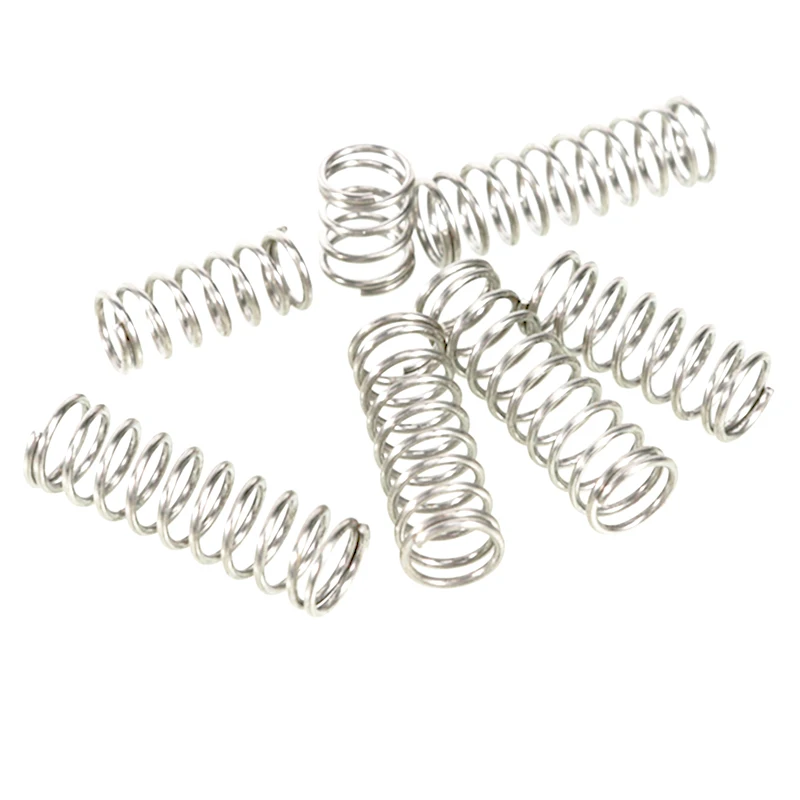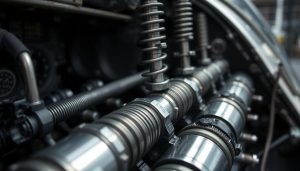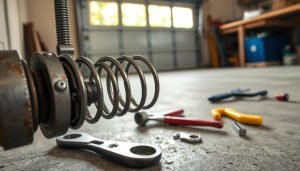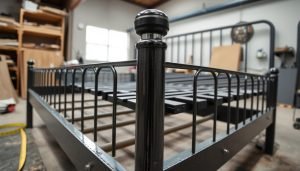A tiny but essential feature of many mechanical systems, especially those in engines and automobiles, is the idle prevention spring. Its main goal is to stop an engine from idling too long, which can cause a number of issues like higher pollutants, needless wear and strain on engine parts, and increased fuel consumption. This article will examine the idle prevention spring’s features, advantages, and contribution to an engine’s increased longevity and efficiency.
The Idle Prevention Spring’s Function
When an engine is in idle mode, the idle prevention spring regulates the throttle position. An engine that is running but not moving the car or doing any work is said to be idling; it is simply keeping the systems operational by operating at a minimum level. The throttle is partially closed during this phase, which controls the engine’s air intake and, in turn, its speed. The throttle is counterforced by the idle prevention spring, which keeps it from remaining open longer than is necessary.
Once the foot is off the accelerator pedal, the spring helps to close the throttle more quickly by retaining a tiny tension. By doing this, you can cut down on engine speed and avoid excessive idling, which wastes fuel and raises pollutants. Essentially, the idle prevention spring aids in idle speed optimization, guaranteeing smooth and efficient engine operation without unnecessary fuel consumption.
Advantages of the Spring Idle Prevention
Fuel Efficiency: Improving fuel efficiency is one of the idle prevention spring’s primary benefits. The spring helps cut down on fuel usage by preventing the engine from idling at faster speeds than necessary. This is especially helpful when driving in urban areas, where cars often stop and start.
Decreased Emissions: Another way to cut back on harmful emissions is to install an idle prevention spring to lower idle speed. An ecologically friendly car is one that has an efficient engine, which emits less pollution.
Extended Engine Life: Prolonged idling can cause unneeded wear and tear on engine parts like the exhaust system, cylinders, and spark plugs. The idle prevention spring helps reduce wear and tear and extends the engine’s overall lifespan by regulating the engine’s idle speed.
Engine smooth operation is ensured by a working idle prevention spring, particularly during the changeover from idling to acceleration. This helps to preserve the vehicle’s performance and enhances the driving experience.
Function in Various Systems
Although automobile engines are the principal use for idle avoidance springs, other mechanical systems can also benefit from comparable concepts. For instance, the idle prevention spring can lessen wear on machine parts and prevent energy loss in industrial machinery when engines and motors are regularly forced to run in idle mode. Because of this, it may be used in a wide range of applications, highlighting its significance for mechanical efficiency.
By avoiding excessive idling, the idle prevention spring is essential to maximizing engine performance. It guarantees fuel economy, lowers pollutants, increases engine longevity, and facilitates smoother running. Its influence on the overall performance and efficiency of engines is substantial, even though it is a very tiny and frequently disregarded component. We may better grasp the sophisticated architecture of modern engines and the significance of every component, no matter how small, when we comprehend the function of the idle prevention spring.






